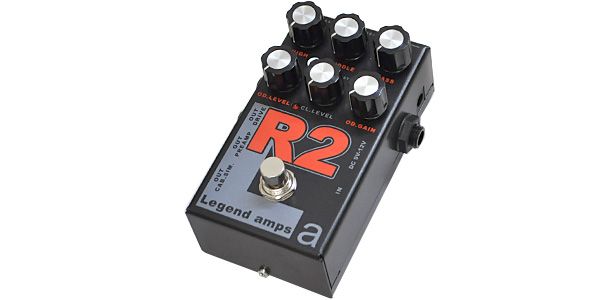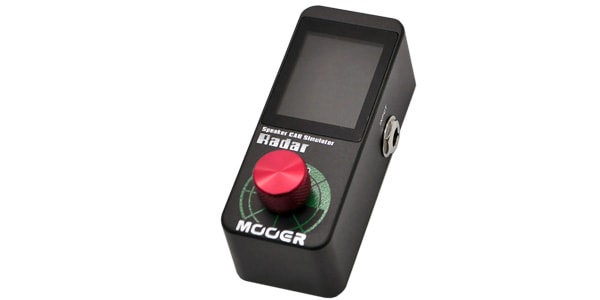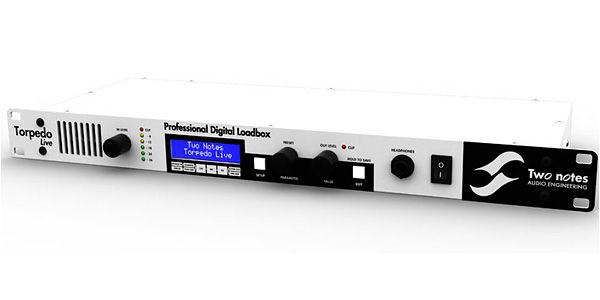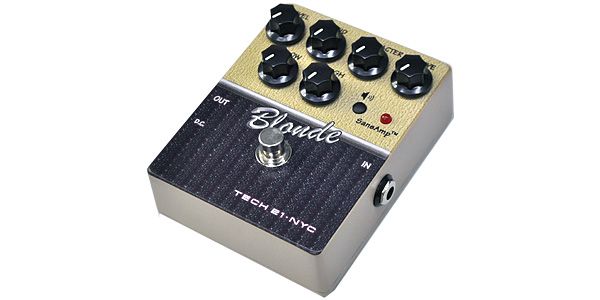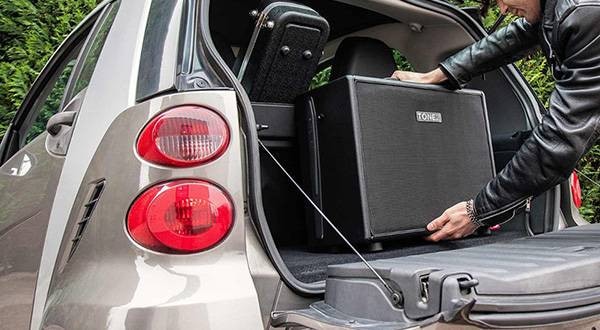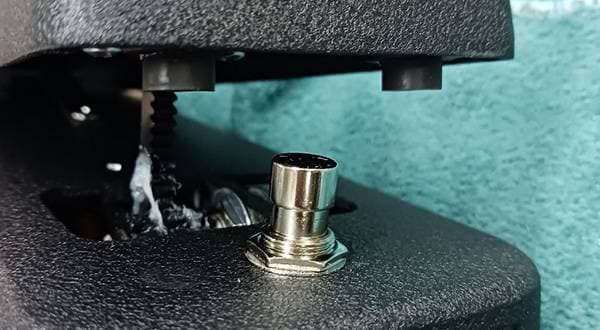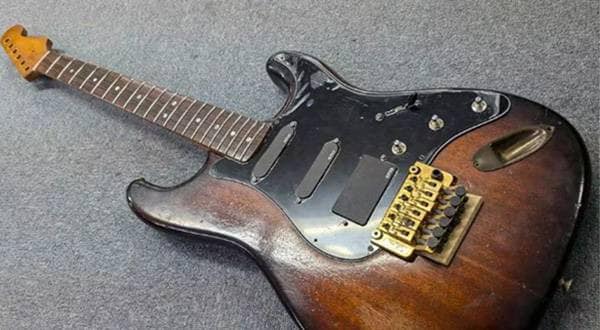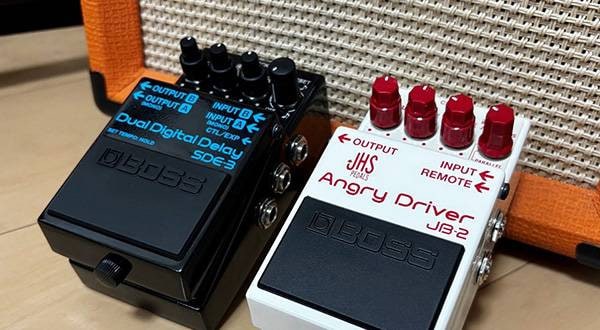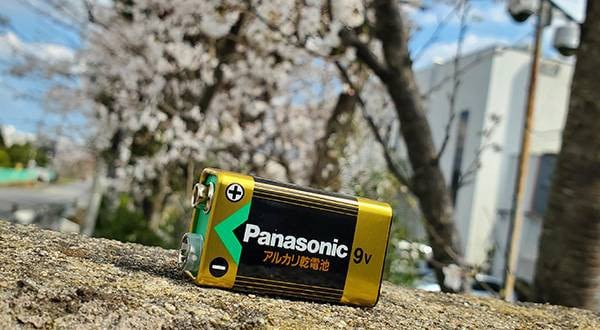Lately we often hear about “cabinet simulators”.
There are not only individual products, but there are also various kinds of gear, mainly digital pedals, that are equipped with this function. But many people might think, “to be honest, I’m using it without knowing much about it.”
This time, I’d like to briefly talk about “what a cabinet simulator is” and “how to use it.”
◆ What is a cabinet?
A cabinet is an isolated speaker system for an electric guitar.
Originally, it meant an enclosure to mount a speaker unit in, but in the world of electric guitar, we call the whole system including the speaker unit and the enclosure a “cabinet.”
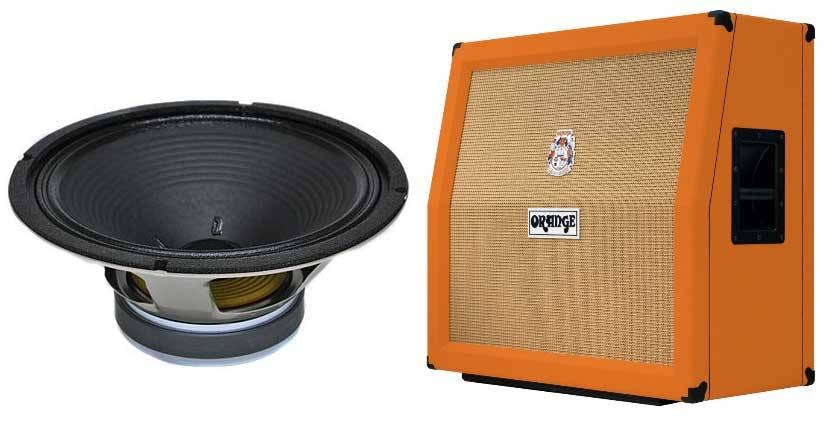
Speaker unit (L) and cabinet (R)
Also, a combo amp, which combines an amp and a speaker in one unit, is not called “cabinet”, but the character is same so you could say, “a cabinet = a speaker system for a guitar = the speaker part of a combo amp.”
The conclusion is as follows:
|
Speaker Unit |
: the body that emits sound |
|
Speaker System |
: a unit ready to be used as is, with the speaker unit mounted in an enclosure |
|
Cabinet |
: a speaker system for a guitar |
◆ Guitar cabinet are so peculiar.
A guitar cabinet has characteristics that are so different from those of PA and speaker systems for home audio.
To be brief, the treble is restrained, and mid to bass are boosted.
There are a few amps for home use that can be connected with portable music players like iPods, but once you try them, you might find the sound is really blurry and muffled.
Also, a large speaker has a kind of “box resonance.” A guitar cabinet is also tuned in quite a different way from a regular speaker.
In other words, without this “peculiarity,” that familiar “electric guitar sound” can’t be had.
If you try to make sound connecting directly a mixer or a PA speaker from an effector or a preamp without the guitar cabinet, you’ll notice that it only makes cheap crispy sound.
Therefore, without the guitar cabinet, a “good electric guitar-like sound” can’t be produced.
But not everybody has a sound proof room or a recording studio at home, and can practice or record at high volumes with their cabinet whenever they want.
That’s where the cabinet simulator comes in.
A cabinet simulator is a function (or equipment) that artificially creates the sound character differences of guitar cabinets.
So, for example, when you play your guitar and you wear headphones or connect it directly to a computer to record, the cabinet simulator function produces the powerful sound as if it is played through a cabinet and miked without using an actual cabinet.
◆ Types of Cabinet Simulations
1. Built-In Dummy Load
The most basic type and it connects to the output terminal of a guitar amp instead of connecting the amp to a cabinet.

For example, the Torpedo Live has a built-in dummy load, so it’s possible to directly input the speaker level signal, and create the true characteristics of the power tubes of the amp.
2. No Built-In Dummy Load
The speaker level signal cannot be sent directly*, but it can be connected via the line out terminal of the amp or from a preamp pedal. As they are not compatible with a power amp, some products have power amp simulators that produce the characteristics of power amps. *Some products can handle a speaker level signal if it is connected with a separate dummy load.
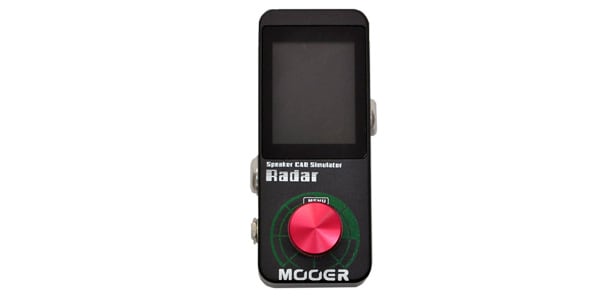
3. Built-in Cabinet Simulators in Gear (Multi Effectors, preamps, etc.)
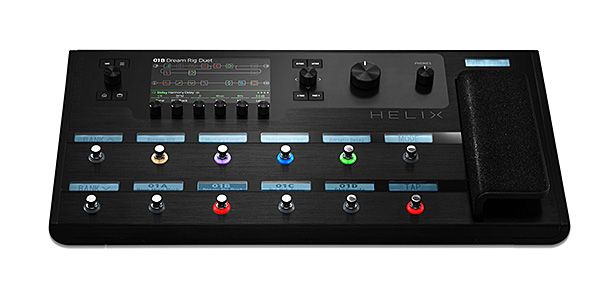
Today, there’s a large selection of multi effectors that allow you to choose and use cabinet and mic models in the same way you choose an effector. In other words, choosing and turning on a cabinet simulator as just another effect, you can easily get the cabinet sound want.
◆ Basically, don’t use a cabinet simulator when you use a guitar amp.*
Those who know a lot about cabinet simulators might think it’s a given.
However, usually, a guitar amp (cabinet) and a cabinet simulator can’t be used together because the sound goes through both cabinets.
It means the sound caught by microphone from a cabinet is input to another cabinet again.
There’s no right or wrong in creating sound, and it’s ok if you can get the sound you want, but if you do this “double use of cabinets,” the sound tends to get muddy, narrow-ranged, and doesn’t carry well.
Therefore, it’s recommended that you turn off the cabinet simulator and mic simulator when you use a physical cabinet or a combo amp.
*A cabinet simulator and a cabinet sometimes can be used together, for example, when outputting the speaker of the amp to the cabinet, and connect with the cabinet simulator from line out terminal at the same time.
“Don’t use the cabinet simulator” sounds easy, but sometimes you do this “without noticing.”
For example, the cabinet simulator as an individual piece of gear like the Torpedo that was mentioned earlier, all you have to do is not use it or bypass it.
What you need to be careful about is “built-in cabinet simulators” in multi effectors and preamps.
For gear like multi effectors, which contain cabinet simulators as one of the effects, you need to exclude the cabinet model from the signal chain and intentionally turn off the cabinet simulator. If you connect it to the amp without doing this, it’s the same as the “double use of cabinets” that I mentioned earlier. It happens often when you practice with cabinet simulators on at home, and then connect with the amp in the studio without changing the settings.
There used to be multi effectors turned on the cabinet simulator when headphones were connected.
Most new products are set so that the cabinet simulator is included in the virtual signal chain as an effect, so you need to change the preset you use depending on whether or not you use an amp.
◆ Analog and Digital Cabinet Simulations
There’s a big difference in the sound of analog and digital circuits of cabinet simulators.
Analog cabinet simulators basically adjust frequency characteristics to make a sound similar to the cabinet sound. It just imitates, so it’s not as accurate a recreation of the cabinet sound as compared to digital simulators. But the advantage is that there’s no latency, and you can get the organic analog response.
A complete analog cabinet simulator pedal, SUHR / A.C.E.
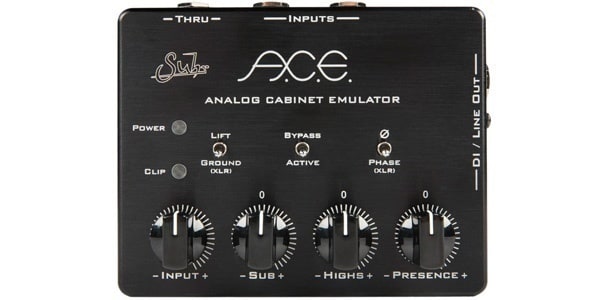
A preamp pedal with analog cabinet simulators, AMT ELECTRONICS / R-2
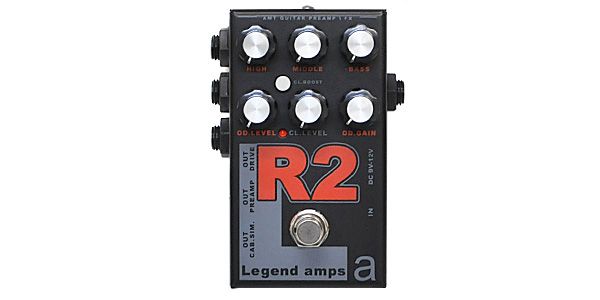
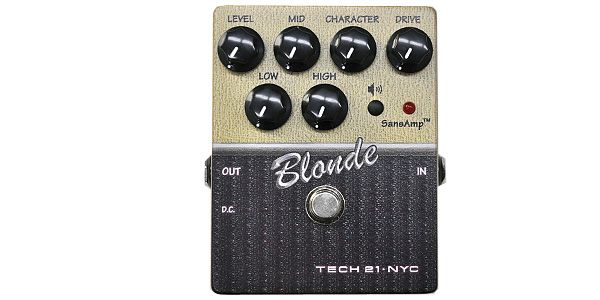
Many digital cabinet simulators have a feature called IR (Impulse Response). Briefly explained, it’s converts the sound you get with the cabinet, and recreates the sound in digital format. The quality of the recreated sound is quite high, and with high-end models, you can get a sound that cannot be distinguished from the one made with an actual cabinet. However, with low-end models, it tends to be the so-called “multi-effector feel”, and there’s a slight latency.
A cabinet simulator pedal equipped with various inputs and outputs such as XLR output, AUX input, and headphone terminal, HOTONE / OMNI IR CAB IR Loader
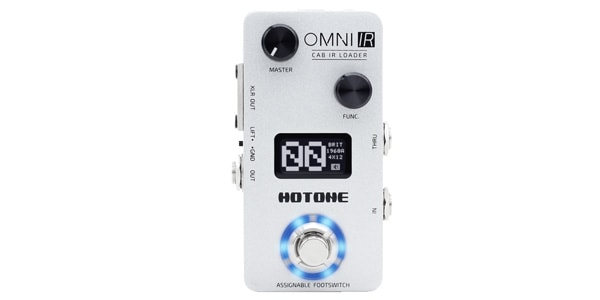
◆ Cabinet simulation in a live situation!?
Also in live shows, where we usually use the actual guitar amp through the cabinet, cabinet simulators sometimes work really well, too.
For example, when you don’t like the sound of the amps provided in a music bar and you don’t have enough time for miking and getting the right sound, you can get a stable sound that you like in any situation by connecting a cabinet simulator directly into the PA system.
Also, when connecting directly, there’s no raw sound coming out of the amp, so it makes it easy to mix properly and get an ideal band sound even in a small venue.
If there’s a guitarist around you who bothers the PA engineer with loud raw sound, please recommend he connect directly using a cabinet simulator.
◆ Conclusion
Making a sound with effectors, and emitting it via amp.
This is nothing new, even to beginners. But you may now understand how much an amp and a speaker affect sound.
A cabinet simulator is very useful item that recreates the dynamic electric guitar-like sound without amps. If you use it properly, it might help you make your recording and practice more fruitful.







